With Photokina now a distant memory, things may have quietened down a little on the camera rumor front, but with CES just over two months away, we expect to see some big announcements in the coming months.
With this in mind, it’s time for an all-new camera rumors article, combining the latest industry gossip, emerging trends in the digital photography market and our own tech insights into what each of the major camera makers can do – and what they might do next.
We’ve taken a look at all the main rumors doing the rounds, and while some are fairly predictable upgrades to current cameras, it can be a bit more tricky in other cases, where we’ve had to sift the genuine leaks from the wild speculation.
So let’s take a look at what we think we might see from the major manufacturers in the not-too-distant future…
Canon rumors: Now we’ve seen the EOS-1D X Mark II and EOS 5D Mark IV, are we likely to see a EOS 6D Mark II? Canon’s also recently launched the EOS M5, but will we see a full-frame mirrorless camera from Canon?
Nikon rumors: With the 50MP Canon EOS 5DS and 42.4MP Sony A7R II stealing some of the thunder of the 36.3MP D810, we expect Nikon to fight back with the D820 (or maybe D850). We could also see a replacement to the under-loved retro-inspired Df, but perhaps this time it could be mirrorless, while the Nikon D5500 could get an update, too.
Sony rumors: Sony’s A7-series of mirrorless cameras are all relatively new, but there is talk of a new A9 flagship model aimed at professionals, possibly with a 70MP+ sensor.
Fuji rumors: Fuji’s classic X100T compact is surely due for an upgrade too, with rumors circulating that it’ll be called the X100F. with both the X-T2 and X-Pro2 both using a new 24MP, could we see a X-T20?
Panasonic rumors: With a raft of announcements at Photokina including the long awaited GH5, what can we expect to see next from Panasonic?
Olympus rumors: Photokina also saw the OM-D E-M1 Mark II break cover, so what else are we likely to see?
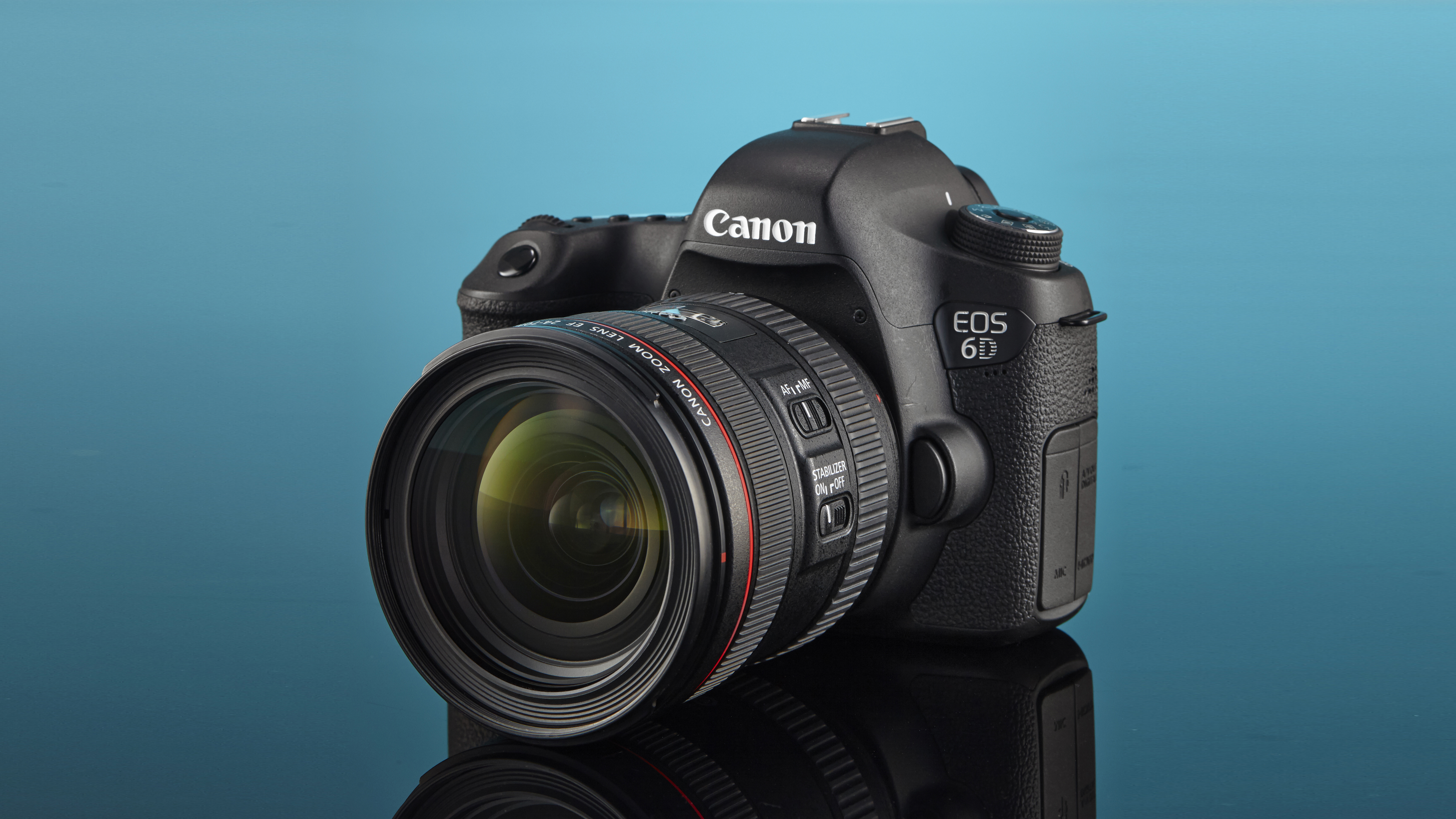
Canon EOS 6D Mark II
Canon needs to up its game to maintain the interest of enthusiast photographers
Predicted specs: At least 24MP full-frame sensor | 6fps continuous shooting | Vari-angle touchscreen
We loved the EOS 6D when it first came out, but at almost four years old, it’s looking quite tired now and its specs don’t compare that well with the Nikon D750‘s. As Canon’s ‘entry-level’ full-frame camera it occupies an important position in the EOS lineup, making it a shoe-in for a refresh.
Until the 5DS and 5DS R came along Canon was quite conservative about pixel count. Jumping from 20 to 24MP would be enough for many photographers, but some may expect closer to 36 million, though that’s unlikely now we’ve seen the EOS 5D Mark IV. A relatively high pixel count would make the 6D Mark II much more attractive to existing Mark I owners.
With just 11 points, the 6D’s AF system is rather lacklustre, and we think the new model will see a big jump in this area, perhaps up to 61 to match the 5D Mark III. Low light and continuous shooting performance also needs to improve, and a maximum sensitivity of ISO102,400 seems likely along with 6fps shooting. Wi-Fi, NFC and GPS technology also seem likely, and we’re hoping there will be a vari-angle touchscreen as well, as on the APS-C format EOS 80D, to make the camera more user-friendly.
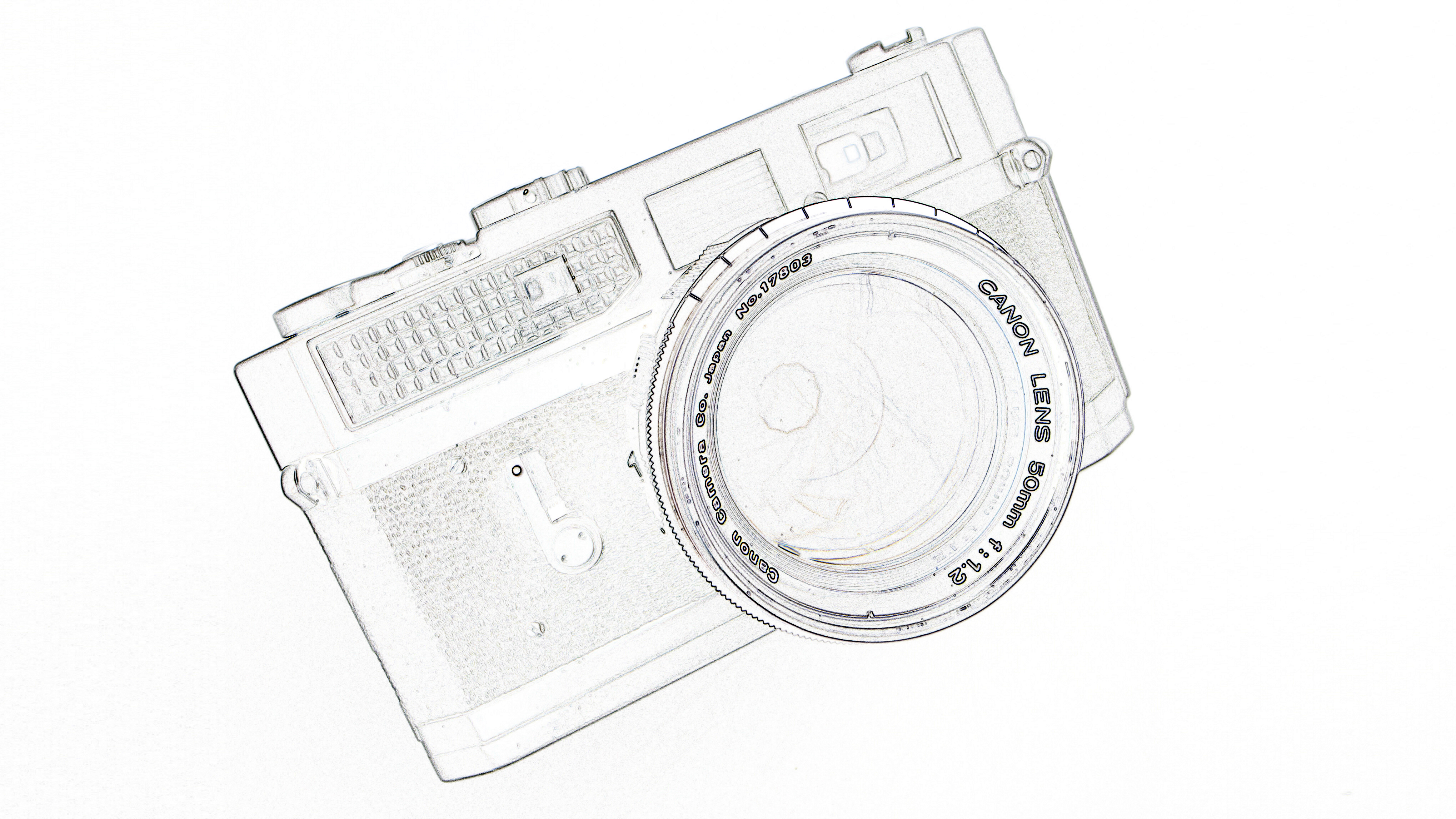
Canon full-frame mirrorless camera
If the rumors are true, Canon is working on a full-frame mirrorless camera
Predicted specs: The sensor from the 1D X Mark II or 5D Mark IV | Existing lens mount
CanonRumors is reporting that Canon is working on a mirrorless full-frame camera, and the good news is that it’s likely to use an existing lens mount, which is in no doubt causing the engineers at Canon some huge headaches.
- Best DSLR
- Best CSC/mirrorless camera
- Mirrorless vs DSLR cameras: 10 key differences
- Best compact camera

Nikon D820
Will Nikon strike back in the pixel count battle?
Predicted specs: Full-frame 42MP sensor | 4K video recording | 15fps continuous shooting
For a while the Nikon D800 (or D800E), and then the D810, was the small-format camera to buy for detail resolution. That honour has now been passed on – but while the Canon EOS 5DS and 5DS R may seem the most logical contenders for this title, a significant number of photographers have turned towards Sony and its 42MP Alpha 7R II.
As Nikon uses Sony sensors in its cameras it seems likely that the D820 (also possibly called the D850) will have a 42MP sensor, although perhaps there will be a new, higher-resolution chip – Samsung is claimed to have developed a full-frame sensor, and if the rumors are true that Nikon has bought Samsung’s camera technology, we could be in for a surprise.
We expect to see 4K video recording capability in the D820 (it’s pretty much taken as read that this will be a feature of all new cameras), and an improved AF system, possibly the same one as in the D5 – meaning a step up to 173 points.

Nikon D5600
Just as Nikon did with the D3400, will we see a minor update to the D5500?
Predicted specs: 24MP APS-C sensor | SnapBridge connectivity | 39-point AF
Nikon recently launched the D3400 – pretty much identical to the D3300, but with the main difference being the arrival of Nikon’s Bluetooth SnapBridge technology to transfer images between camera and smart device.
The D5500 is now almost two years old now, so it feels like the time is right for Nikon to refresh this popular camera and bring SnapBridge connectivity.
Otherwise, apart from a few cosmetic changes, we expect the rest of the specification to remain the same.
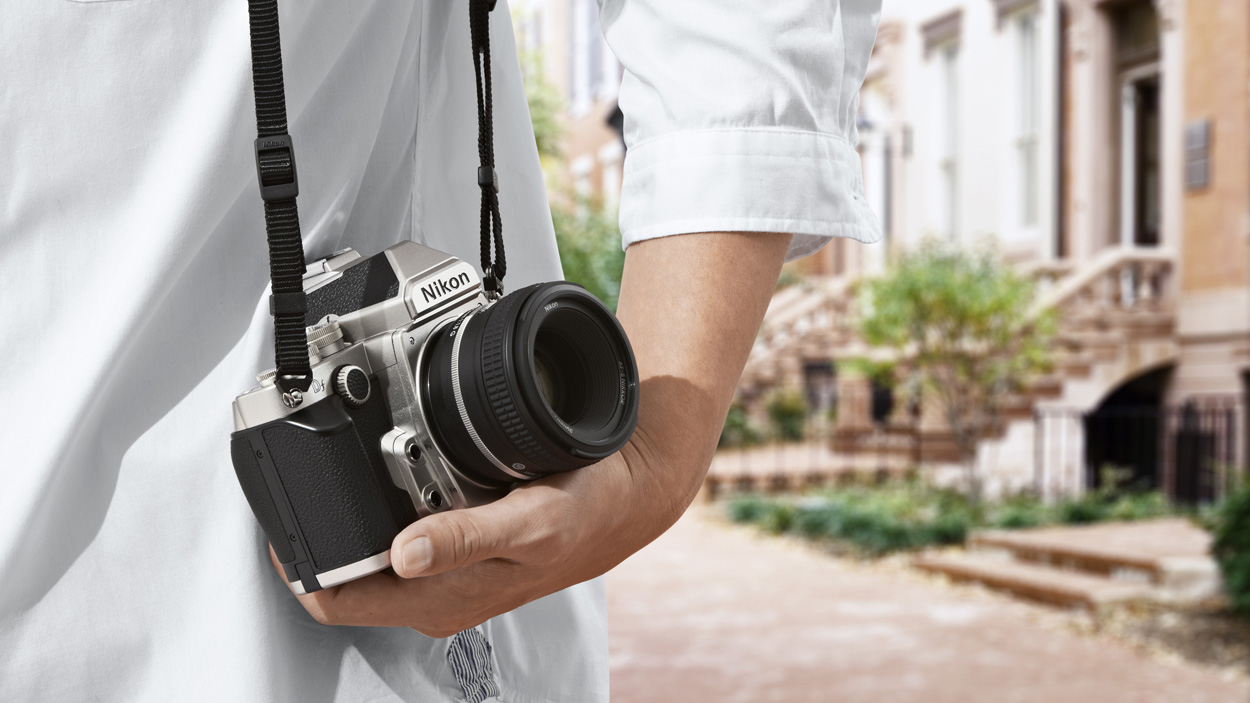
Nikon Df II
Perhaps Nikon will turn its retro-styled FX SLR into a retro-styled FX CSC?
Predicted specs: Mirrorless design | Class-leading electronic viewfinder | Nikon F-mount
Everyone got very excited about the Df when it was announced, but its high price and relatively low pixel count in comparison with the D810 made it something of a luxury purchase. The traditional-style controls also aren’t as well implemented as on Fuji’s X-T1, which was launched around the same time.
It’s possible that the Df II will ‘just’ correct the handling issues of the Df and have a higher resolution sensor – maybe even using the D5’s 20MP sensor. However, it’s no secret that Nikon has lost market share to Sony and its Alpha 7-series of full-frame retro-styled compact system cameras, and the company needs to stage a comeback.
Rumors have been circulating for a while that Nikon has a full-frame mirrorless model on the way, and the Df design could provide an ideal starting point – albeit with a few significant modifications, like the removal of the mirror and the introduction of an electronic viewfinder.
Whether we’ll see it break cover in 2016 is less likely. With 2017 Nikon’s centenary year, we could see Nikon hold off until then.
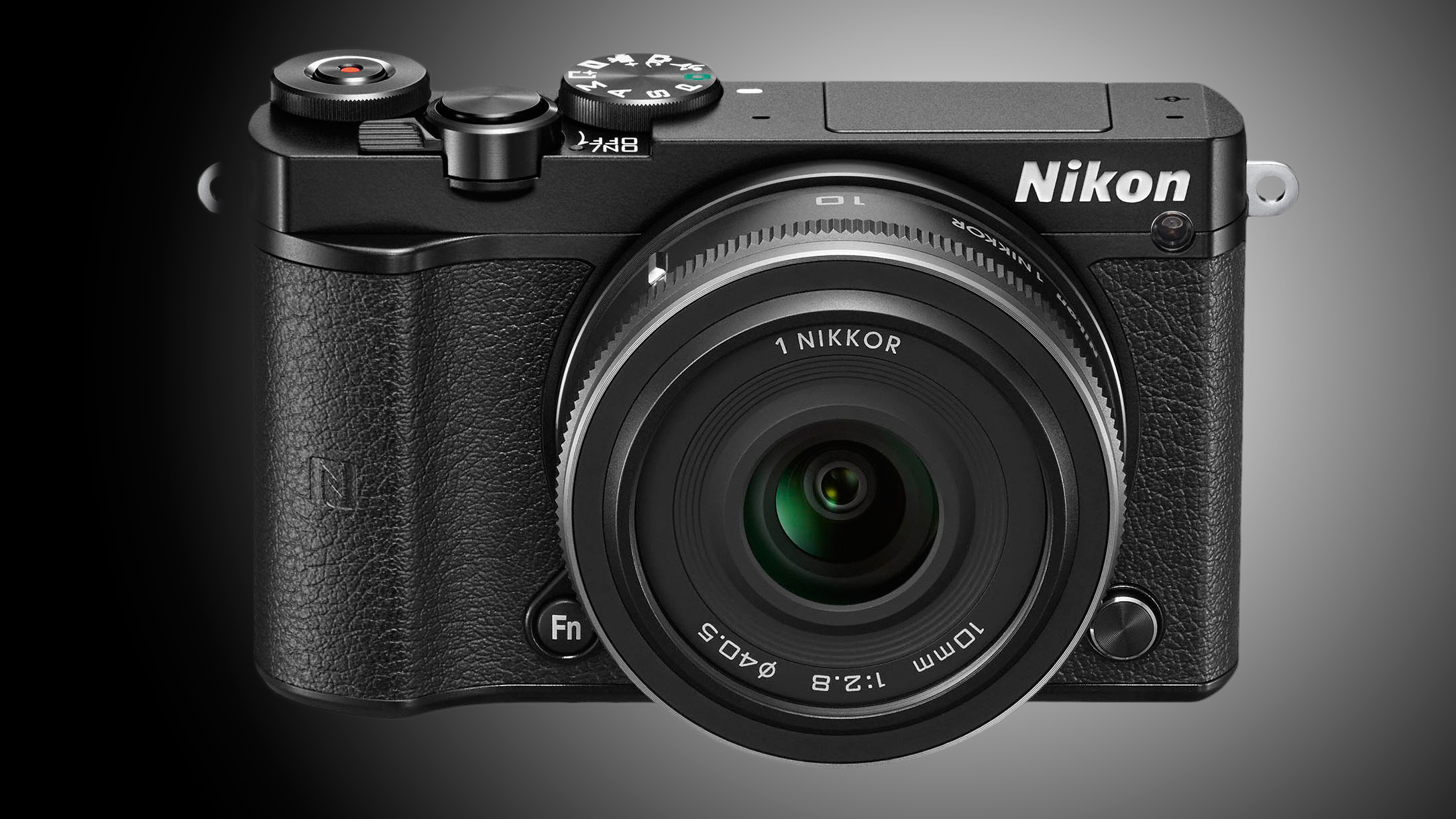
Nikon 1 system
Will we ever see another Nikon 1 mirrorless camera again?
The last Nikon 1 system camera was the 1 J5, announced back at the beginning of April 2015, and we haven’t seen sight or sound of a new model since.
The arrival of Nikon’s new range of DL compact cameras at the beginning of this year, all featuring 1.0-inch, 21MP sensors, with specifications that seemed to cast a shadow of the current 1 system offerings, with many people questioning the need for Nikon’s current mirrorless offering now these compacts had arrived.
These models have been hit by delays (due to the earthquake in Japan that’s had a huge impact on sensor supply) and we still haven’t seen final production samples, but there hasn’t been a whiff of a 1 system rumor in ages. Could Nikon be quietly admitting defeat?
- Best DSLR
- Best CSC/mirrorless camera
- Mirrorless vs DSLR cameras: 10 key differences
- Best compact camera

Sony Alpha 9
Could Sony launch a high-end pro-spec mirrorless flagship camera?
Predicted specs: Full-frame 70-80MP sensor | unlimited raw buffer | Dual XQD card slots
While the full-frame 42MP Alpha 7R II is clearly the flagship mirrorless camera in Sony line-up at the moment, there are rumors that point to an even higher spec camera on the horizon, likely to be called the Alpha 9.
Perhaps more DSLR-like in its design with a build to rival Canon’s EOS-1D X Mark II and the Nikon D5, the A9 is rumored to feature a full-frame sensor that’s crammed with upwards 80 million pixels, potentially almost doubling the resolution offered by the A7R II and pitting it against medium format cameras. Game-changer is not the word.
Combined with the rumors of the ability to shoot an unlimited burst of raw images thanks to the dual XQD card slots (the only other camera at the moment to feature XQD technology is the Nikon D5).
Other than that though, details are sketchy, but we’ll be updating them as soon as we hear more.
- Best DSLR
- Best CSC/mirrorless camera
- Mirrorless vs DSLR cameras: 10 key differences
- Best compact camera
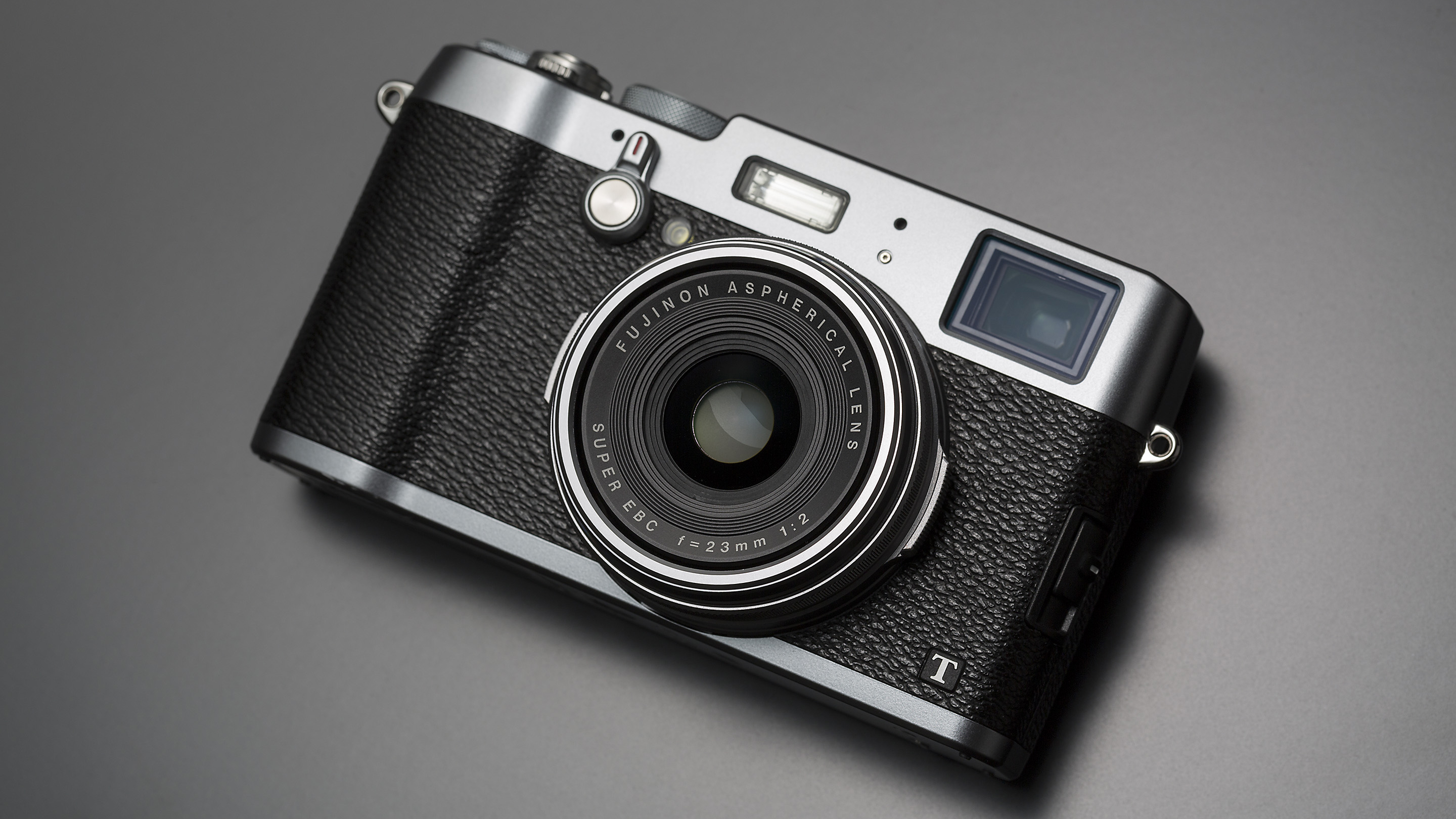
Fuji X100F
A new sensor and processing engine, plus an improved AF system look on the cards for Fuji’s flagship compact camera
Predicted specs: 24MP APS-C format sensor | 23mm lens | Improved AF system
Details are pretty thin on the ground about the specification of Fuji’s potential replacement for the X100T, but we think it will increase the pixel count from 16 million to 24 million in the X100F.
We’ve already seen the 24MP X-Trans CMOS sensor in the X-Pro2 and X-T2, so it would make sense for the X100F to follow suit.
Some rumor sites are suggesting Fuji will also change the lens for the X100F, but we think the company will continue with a focal length of 23mm, giving an equivalent focal length of 35mm – it’s a popular option for street and documentary photography, and lends itself to wideangle and telephoto adaptors.
It’s possible that Fuji will up the ante a little by increasing the maximum aperture from f/2 for even better low light performance and depth of field control, but it may ‘just’ use a new optical design or coatings to boost performance.
Or perhaps we’ll see multiple versions with either 28, 35 and 50mm focal lengths…
Fuji has been working hard on improving the autofocus systems in its cameras, and this seems likely to continue, so we can expect the X100F to focus more quickly than the X100T, with better low-light responses.
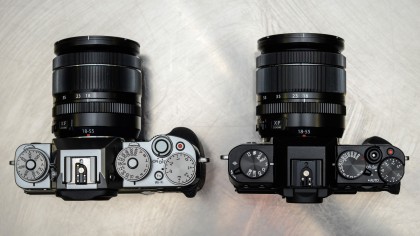
Fuji X-T20
Will Fuji update its popular enthusiast offering with the same sensor that’s found in the X-Pro2 and X-T2?
Predicted specs: 24MP APS-C format sensor | Improved AF | 4K video capture
Both the X-Pro2 and the fabulous X-T2 have benefitted from a new 24MP APS-C X-Trans III CMOS sensor, so it’s likely that we’ll seen Fuji roll this new chip out to an update to the popular mid-range X-T10.
Likely to be called the X-T20, we should also see an improved AF system, taking on board some of the clever new AF tricks first seen on the X-T2. Whether it will have quite the same AF coverage and points is hard to say though.
- Best DSLR
- Best CSC/mirrorless camera
- Mirrorless vs DSLR cameras: 10 key differences
- Best compact camera
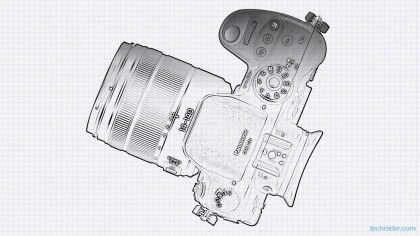
Panasonic GH5
Panasonic’s video-centric camera needs to fend off some stiff competition from Sony
Predicted specs: 20MP Micro Four Thirds sensor | 6K sensor with 4K at 60fps | Improved AF
Panasonic originally intended the GH-series cameras to be combined stills and video models, but recent incarnations have proved especially popular with videographers. Initially, serious video shooters hacked the cameras to get the best from them, but Panasonic has worked with these users to make the GH4 better straight from the box.
The GH4 is 4K-enabled, and while Panasonic is keen to talk about the progress being made towards making 8K recording commonplace, it seems unlikely that the manufacturer will be able to achieve that with the GH5. In fact, even 6K recording seems unlikely and unnecessary, given that we’re all still shuffling towards 4K television ownership.
Perhaps the company will expand the range of recording options – we’re hearing rumors that maybe we’ll see 4K at 60fps, or even 120fps for high-quality slow-motion playback. The ability to magnify images while recording to check focus would also be welcome.
Panasonic introduced V-Log as a paid-for download for the GH4, and made it available to anyone wanting to record flat-looking footage that’s better for post-capture grading. Naturally we expect this to be built into the GH5; it should also be possible to use V-Log but see a natural-contrast image in the viewfinder or on the main screen.
- Best DSLR
- Best CSC/mirrorless camera
- Mirrorless vs DSLR cameras: 10 key differences
- Best compact camera

Olympus OM-D E-M1 Mk II
We’re hoping Olympus’s High Res Shot mode will become a hand-held option for its next top-flight CSC
Predicted specs: 20MP sensor from Sony | High Res Shot Mode | Improved viewfinder and AF system
Now that Olympus has brought out the OM-D E-M10 II and E-M5 II, it can’t be long before it updates its flagship model, the OM-D E-M1. It’s possible that Olympus will use a higher-resolution sensor for the E-M1 II, perhaps the 20Mp Four Thirds device from Sony that is believed to be in the Panasonic GX8.
One feature we’re certain the E-M1 II will include the High Res Shot technology debuted in the E-M5 Mk II. This uses the camera’s stabilisation system to move the sensor by a tiny amount between shots as it takes a sequence of eight images. These shots are then composited in-camera into one 40 million pixel JPEG or 64Mp raw file.
It works very well, but it’s only suitable for use with stationary subjects when the camera is absolutely still, ruling out hand-held shooting and landscapes with moving water or foliage. Hopefully Olympus will have managed to speed the process up, making hand-held shooting possible and allowing for a little movement in the scene, by the time the E-M1 Mk II comes along.
Olympus is aware of the need to improve AF performance in compact system cameras, and we expect it to continue the progress it made with the E-M1 to give better low-light response. An improved electronic viewfinder also seems likely – could Olympus stretch to a 4.4 million-dot device?